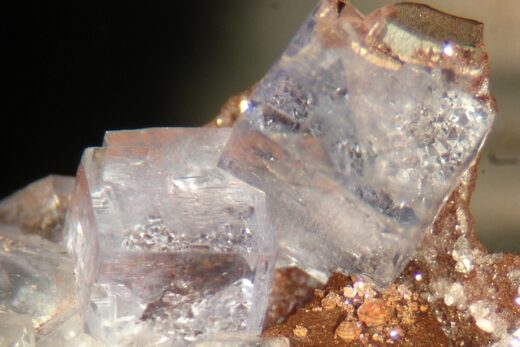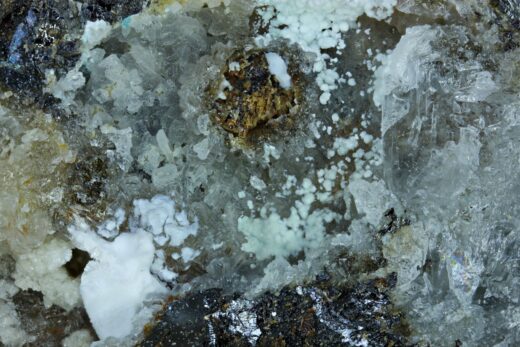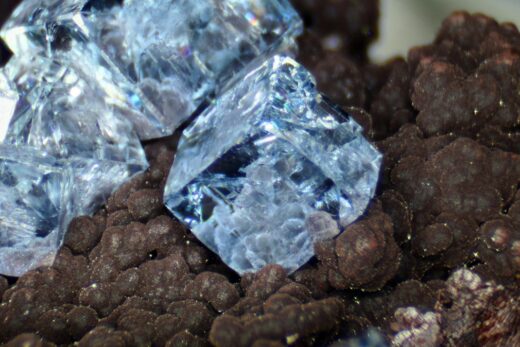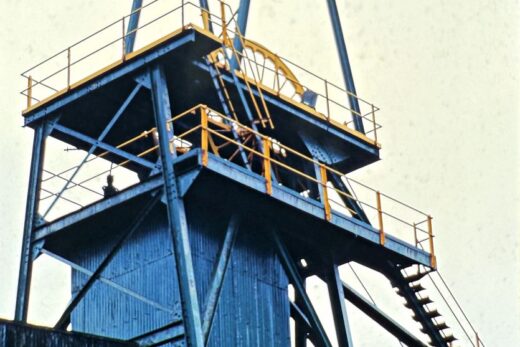Now disused, with the underground workings flooded, the Florence Mine on the west coast of Cumbria, was the last deep working iron ore mine in Europe. While its primary purpose was industrial, extracting the high-grade hematite that fuelled the region’s steelworks, its lasting legacy for collectors is the breathtaking quality of the specimens it produced. The mine is world-famous for its “Kidney Ore”, a specific botryoidal form of hematite that occurs in lustrous, deep reddish-black masses, often with a superb polish and sculptural beauty. These specimens are not merely ore, they are natural works of art, representing the absolute finest examples of this hematite habit found anywhere on the planet.
What elevates Florence Mine specimens from industrial artifacts to mineralogical masterpieces is the stunning combination of associated minerals that perfectly frame the hematite. The dark, metallic kidney ore is often coated with a sparkling druse of quartz, or contrasted by brilliant, snow-white to clear crystals of calcite and lustrous, pink-tinged rhombs of dolomite. Sometimes, sharp blades of barite complete the classic West Cumbrian association. This dramatic contrast of colour and texture creates an aesthetic perfection that is instantly recognisable. Every piece saved from the mine is now an enduring artefact from a bygone era, cherished by collectors as a testament to the hidden beauty of England’s iron country.




